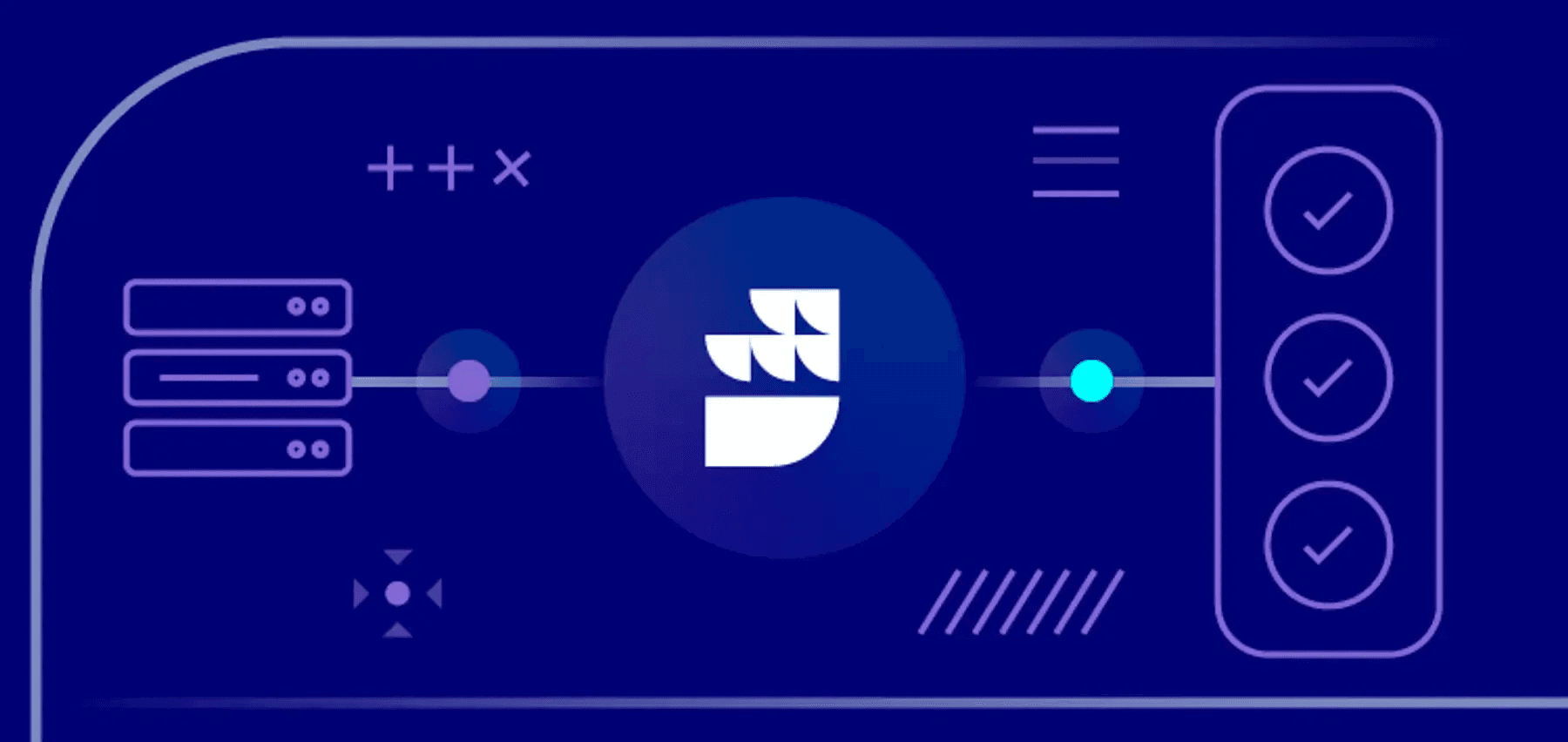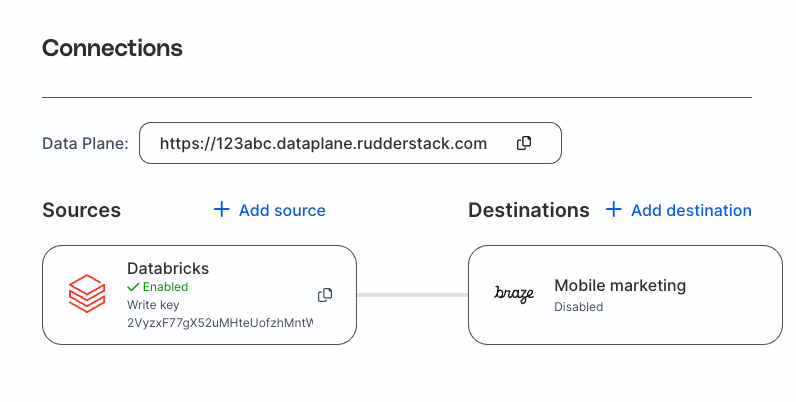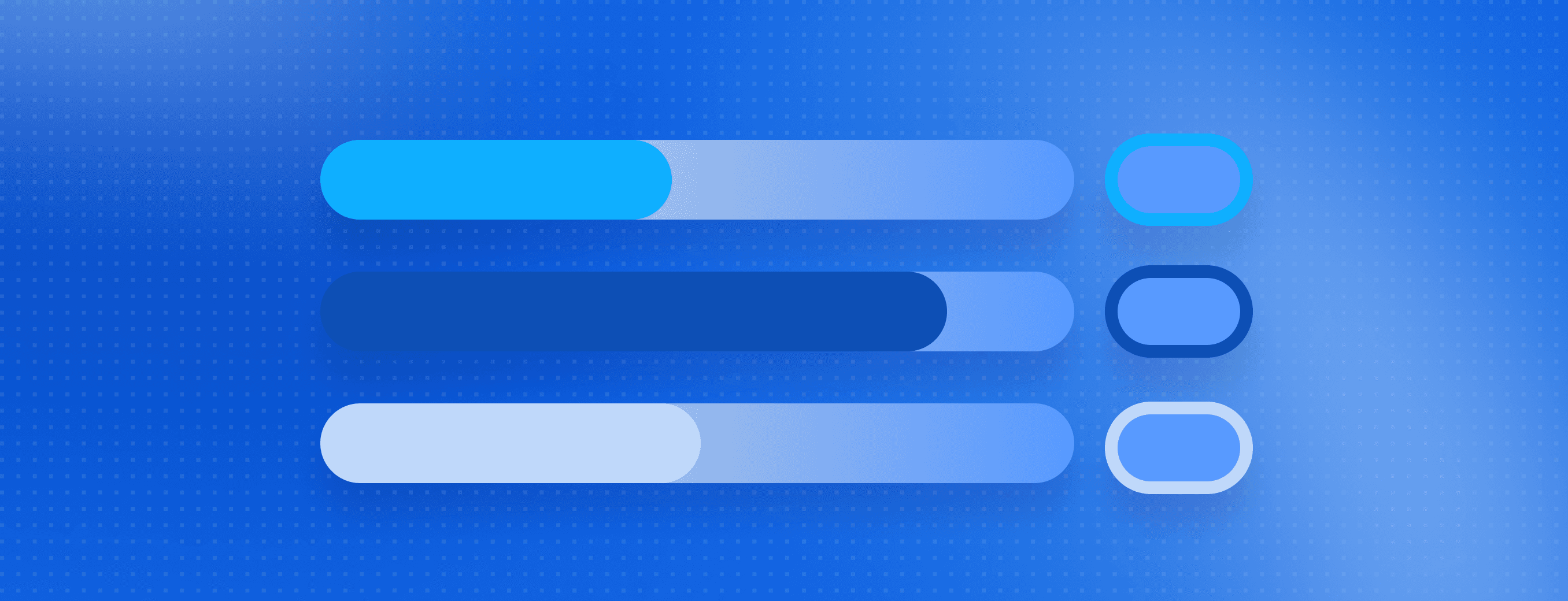Feature Launch: Databricks Reverse ETL source

If you’re using Databricks, you can now easily sync data from your data lakehouse to your entire stack with our DataBricks Reverse ETL (rETL) source. This new destination is a big unlock for teams building models or audiences in Databricks who want to push that data to marketing and product tools.
This new integration supports Databricks Unity Catalog and works with RudderStack’s visual data mapper and mirror mode features.

Top use cases for the Databricks Reverse ETL source
With RudderStack's Databricks Reverse ETL source, I can set up micro pipelines to process and sync the most valuable data in our lakehouse to tools used by our product and marketing teams near real-time. This saves us weeks of custom integration work to set up higher frequency pipelines and build out upserting functionality
- Easily push AI/ML outputs to marketing tools to power better customer experiences
- Quickly respond to marketing requests for new data points
- Enrich lead and user records with comprehensive data
- Efficiently update millions of customer records from your warehouse
Key integration features
- Models: Utilize the power of custom SQL queries to build your models. Run these queries on your lakehouse through RudderStack and dispatch the results to any downstream business tool.
- Audiences: Our audiences feature enables non-technical users to build basic audiences with a robust user interface. This feature enables data teams to set up self-serve workflows for business teams.
- Visual Data Mapper (VDM): Use an intuitive UI to map your Databricks column names to fields in downstream SaaS tools.
- Mirror Mode: Mirror Mode ensures your data sent to downstream tools remains an exact replica of your source data in Databricks. It performs the insertion, updating, and deletion of records while synchronizing data to Databricks, ensuring your models stay updated.
- Unity Catalog Support: RudderStack supports Databricks Unity Catalog, meaning no changes to your existing modeling or workflows. Simply connect Databricks as a source and start sending data.
Get started
You can start sending data from Databricks to any of RudderStack’s 200+ destination integrations in a few simple steps. Log in to your RudderStack account, create a new source, select “Databricks,” and enter your Databricks credentials.

Next, add a destination, select the Databricks table you want to sync, configure the sync settings and schedule, and data will begin flowing from Databricks to the destination. Check out the Databricks Source documentation for more details.
Send data from Databricks to your entire stack
Sign up for RudderStack and start sending data from your lakehouse to your marketing and product tools today
Published:
September 29, 2023

Data collection crossroads: When to use RudderStack or Google Tag Manager (or both)
In this post, we’ll review three options for how to implement RudderStack with Google Tag Manager, based on experience we’ve gathered across thousands of implementations.

Data integration framework: Components and best practices
A well-designed data integration framework can unify your data architecture, enabling automated pipelines, reducing inconsistencies, and providing a single source of truth for analytics and operations.

Data federation: Understanding what it is and how it works
Accessing and analyzing data across multiple tools and systems without duplicating or transferring can be a major challenge, especially when speed, accuracy, and cost control are priorities. This article explains how data federation can help.






